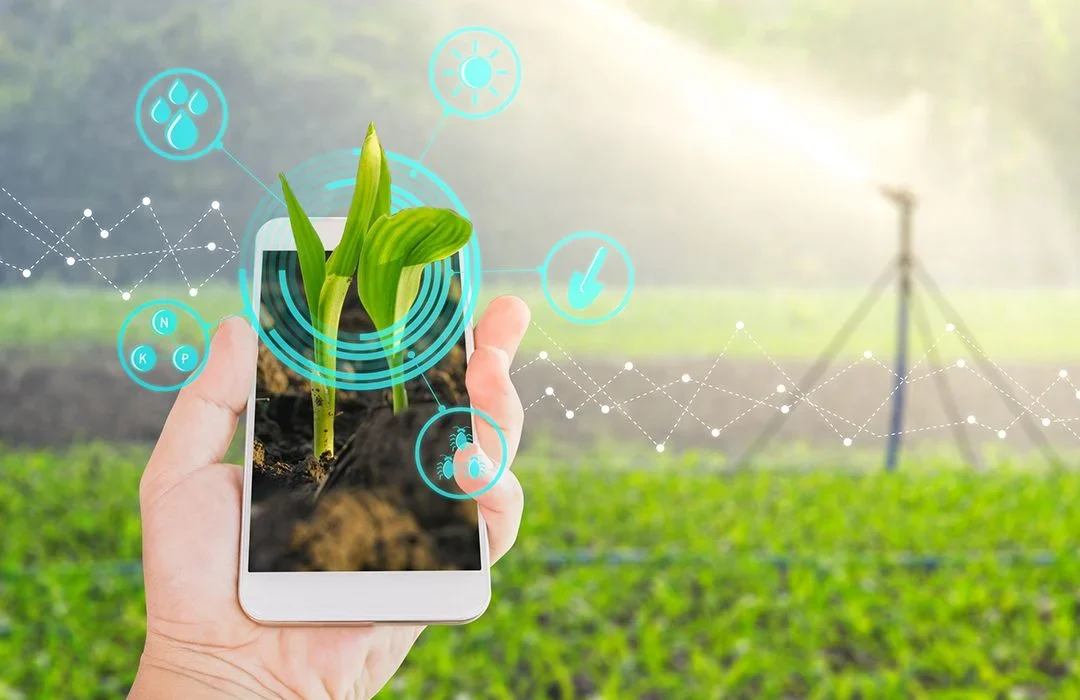Introduction:
In a world where technology continues redefining our reality, integrating augmented reality (AR) into various sectors has become more than just a trend—it’s a transformative force. While AR has found its place in gaming, education, and marketing, its potential to revolutionize green spaces through plant augmented reality is a groundbreaking development. In this article, we delve into the innovative concept of plant augmented reality, exploring its applications, benefits, and the future it promises for enhancing our interaction with nature.
Understanding Plant Augmented Reality:
Plant augmented reality (PAR) merges the virtual world with the natural environment, creating immersive experiences that blend digital information with real-life plants. Using AR-enabled devices such as smartphones or AR glasses, users can interact with virtual elements superimposed onto the physical landscape, enriching their understanding and appreciation of plants.
Applications of Plant Augmented Reality:
- Education and Learning: PAR offers educators and students a dynamic platform to explore botanical concepts engagingly. Through interactive AR simulations, learners can observe plant growth stages, anatomical structures, and ecological interactions in real-time, fostering deeper comprehension and curiosity about the natural world.
- Gardening and Landscaping: For gardening enthusiasts and professionals, PAR serves as a valuable tool for visualizing garden designs, plant placements, and landscaping ideas. By overlaying digital renderings onto their outdoor space, users can experiment with different plant species, colors, and arrangements before making any physical changes, thus optimizing their gardening endeavors.
- Environmental Conservation: PAR has the potential to raise awareness about biodiversity conservation and environmental stewardship. By incorporating educational narratives and gamified experiences, AR applications can encourage users to explore local flora, learn about endangered species, and participate in virtual reforestation efforts, fostering a sense of environmental responsibility.
Benefits of Plant Augmented Reality:
- Enhanced Engagement: Traditional learning and gardening methods often lack interactivity and engagement. PAR addresses this gap by providing immersive experiences that capture users’ attention and stimulate their curiosity, resulting in more meaningful interactions with plants and nature.
- Accessibility and Inclusivity: AR technology is increasingly accessible, with smartphones serving as ubiquitous tools for experiencing augmented reality. This accessibility democratizes access to botanical knowledge and gardening expertise, empowering individuals of all ages and backgrounds to participate in green initiatives and outdoor activities.
- Sustainable Practices: PAR promotes sustainable practices such as water-wise gardening, native plant cultivation, and eco-friendly landscaping by enabling users to experiment with virtual gardening scenarios. By making informed decisions through AR simulations, gardeners can minimize resource consumption and reduce their environmental footprint.
- Community Building: PAR fosters a sense of community among gardening enthusiasts, nature lovers, and environmental advocates. Through shared AR experiences, users can collaborate on community gardening projects, exchange gardening tips, and celebrate the beauty of plants together, strengthening social bonds and fostering a collective appreciation for nature.
Future Perspectives:
As plant augmented reality continues to evolve, the possibilities for its integration into our daily lives are limitless. Advancements in AR technology, such as spatial mapping, gesture recognition, and real-time data integration, will further enhance the immersive nature of PAR experiences. Additionally, collaborations between botanists, technologists, and environmentalists will drive the development of AR applications that address pressing ecological challenges, such as habitat restoration, invasive species management, and urban green space planning.
Conclusion:
Plant augmented reality represents a paradigm shift in how we perceive and interact with the natural world. By merging digital innovation with botanical knowledge, PAR has the power to inspire curiosity, foster environmental stewardship, and cultivate a deeper appreciation for the green spaces that sustain life on Earth. As we embrace this transformative technology, let us envision a future where every plant tells a story and every interaction with nature enriches our lives meaningfully.
